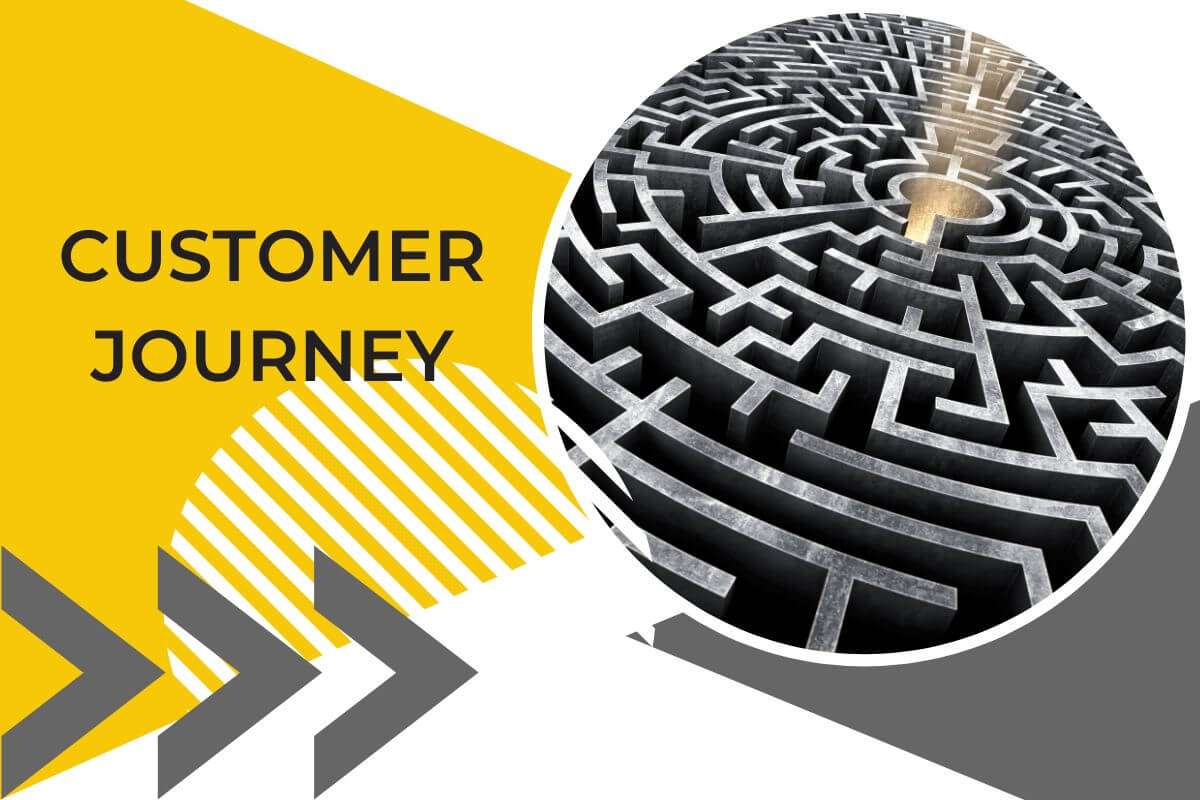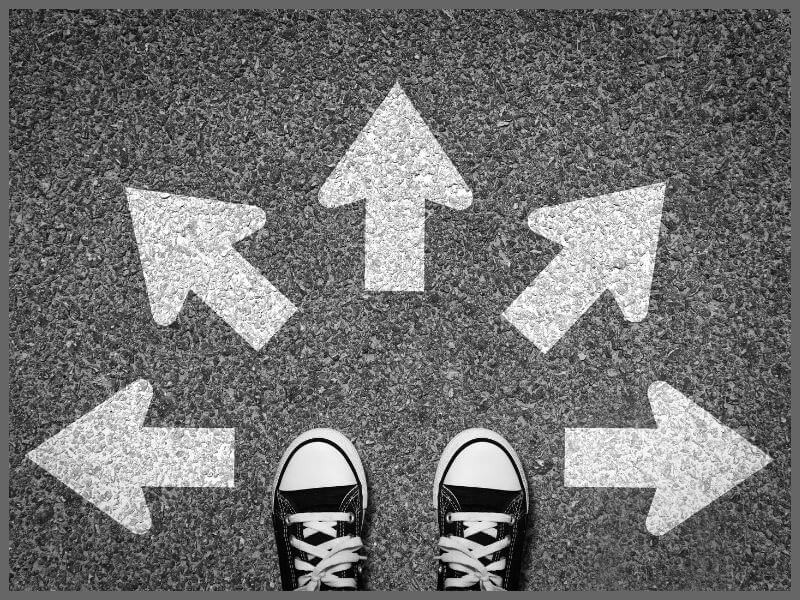
To understand how your customers buy and the reasons behind their purchase/booking/similar action, you must understand their journey. What makes them actually do the things they do.
The concept of a customer journey can be explained as a well-charted map leading to the X-marked spot. Which stands for your customers' satisfaction.
This reinforces the idea that sales are not just about selling a product or service; they're about creating an experience that resonates with your customers at every touchpoint.
Understanding (and mapping) the customer journey is simply something you must know how to do.
It allows you, through your business, to see through the eyes of your customers, empathise with their needs, and anticipate their moves.

At its core, a customer journey is the sum of customers' experiences when interacting with your brand.
It encompasses every touchpoint, from when they first hear about your product to their ongoing interactions after purchase.
The customer journey is usually divided into these five principal stages:
Each industry's customer journey is distinct and shaped by specific needs and interactions.
Mapping the customer journey gives you a visual representation of the customer's experience.
If you take the time to map out your customer's journey, the most interesting information will surface.
This information can help identify potential pain points, enhance the customer experience, and align your entire business strategy to meet customers' needs—as it should be.
Ultimately, well-mapped customer's journey leads to better customer loyalty, higher conversion rates, and a stronger brand reputation. I.e., all the things you want your brand to have.
Why do you need to map the customer's journey?

Now that we have explained these things, let's explain how you can create a customer journey map for your business.
First, you must identify so-called "friction points" and gaps.
Look for areas where customers experience friction. These could be long wait times, confusing interfaces, or unresponsive customer service.
You must also understand what motivates your customers.
Take time for a detailed exploration of your customers' emotional journeys.
What actually motivates them? What causes frustration? If you want to make any improvements, you must know this information.
But, you must also prioritise your improvements. Not all issues can be addressed at once. Find out what will impact the customer experience most - and make them your priority.
Cross-departmental collaboration is essential for seamless execution.
Ensure that all teams and departments are in tune and collaborating. Effective collaboration leads to seamless implementation.
Continuously monitor your improvements.
Define key performance indicators (KPIs) to measure success and regularly track these KPIs to ensure you're on the right path.
Gather your customers' feedback and adjust accordingly.
Customer feedback is invaluable. Use it to refine and improve your journey map continually.

The market has a big number of tools that offer advanced features for creating detailed customer journey maps. These tools make it easier to visualize complex customer journeys and efficiently identify critical touchpoints and pain points.
When selecting a tool for customer journey mapping, ensure it's easy to use and intuitive enough for all team members without extensive training.
Collaboration features are also important, enabling team members to contribute and provide real-time feedback.
Additionally, integration capabilities are also vital, as you will probably need to connect the tool seamlessly with other systems and platforms your business uses, such as CRM software, analytics tools, and marketing automation platforms.
Despite the rise of digital tools, traditional pen-and-paper methods remain highly effective, particularly during brainstorming sessions and the initial stages of journey mapping.

Understanding and really mapping customer journeys is vital for you if you have a business aiming to foster a customer-centric approach.
Knowing your customers' journey and mapping it is more than just a tool; it's a comprehensive strategic plan necessary for long-term success.
Your business can greatly improve the entire customer experience by thoroughly identifying each touchpoint.
This proactive approach resolves issues, develops long-term client loyalty and improves brand reputation.
Start mapping your own customer journey today, start slowly and with simple steps.
Begin by defining your objectives, gathering a diverse team, and conducting thorough customer research.
Need help to refine your strategy or need more information?
Contact us, and we will do our best to help.